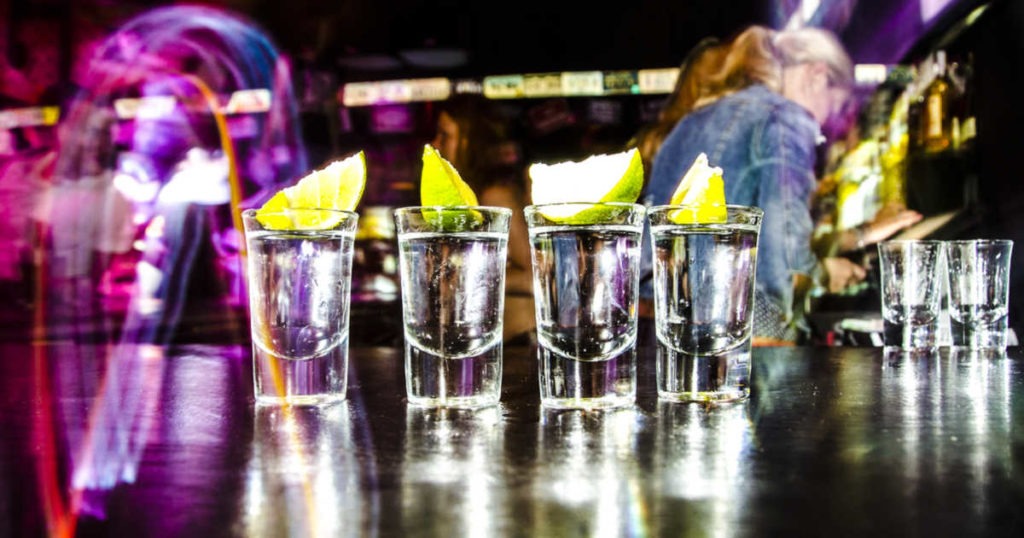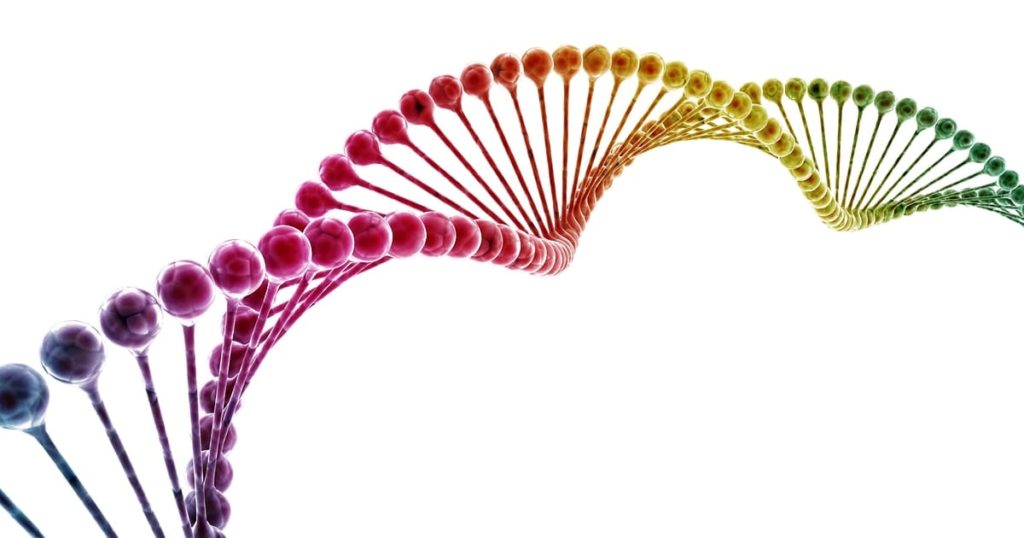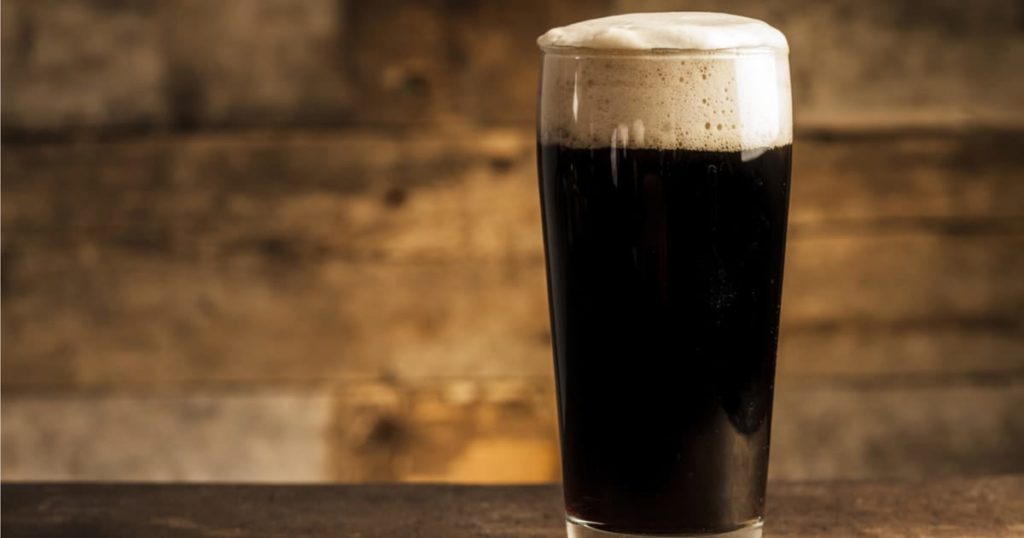Cirrhosis is one of the most severe potential outcomes of a prolonged pattern of excessive drinking. In fact, you can easily die from advanced forms of this alcohol-related liver disease. If you drink regularly, you may want to know how much alcohol causes cirrhosis. Researchers can answer this question generally, but no one knows for sure how much drinking is required to trigger the disease in any given person.
A cirrhosis-ravaged liver doesn’t bode well for the long term. The liver’s function is vital for digestion and metabolism, and a worse liver now means worse health later. Over the last two decades, deaths caused by alcoholic cirrhosis have quadrupled (from about 6,000 a year in 1999 to over 24,000 in 2019.) The risks of living with alcoholic cirrhosis are, at best, unhealthy and fatal at their worst. At The Right Step, we know the risks and offer treatment that can help you overcome addiction. Call 17135283709 to learn more about our alcohol addiction treatment program.
Understanding Alcohol and Cirrhosis
What exactly is alcoholic cirrhosis? Cirrhosis occurs whenever scar tissue replaces healthy, functional cells inside your liver. Although this process has many possible sources, excessive drinking is one of its primary causes. That’s because ongoing exposure to large amounts of alcohol directly damages your liver, the organ responsible for breaking down liquor, and a broad range of other substances that have a toxic effect on your body. Severe cirrhosis can progress to liver failure, a major loss of function in the organ that can kill you unless you receive a timely transplant.
If you suspect you might have alcoholic cirrhosis, get a diagnosis as quickly as possible. Poor liver health is hard to detect if you aren’t looking for the symptoms, but alcoholic cirrhosis has a few you should keep an eye out for:
- Muscular atrophy
- Loss of appetite/weight loss
- Jaundice (yellowing skin and eyes)
- Easily bruised skin
- Coughing up blood
At first sight of any of these symptoms, heavy drinkers have cause for concern that alcoholic cirrhosis is at some stage of progression.
What Are the Causes of Alcoholic Cirrhosis?
Heavy drinking has been named one primary culprit behind developing alcoholic cirrhosis. So, exactly how much alcohol causes cirrhosis? There are actually two main factors to consider: the amount of alcohol you consume and the number of years you have been drinking. In men, risks for the condition typically appear when habitual daily alcohol consumption meets or exceeds a threshold of roughly 40 grams. This is the equivalent of:
- Two to eight 12-oz servings of beer (depending on alcohol content)
- Three to six shots of distilled liquor (depending on alcohol content or proof)
- Three to six glasses of wine (again, depending on alcohol content)
In women, risks for alcoholic cirrhosis enter the picture when habitual daily intake meets or exceeds a much lower threshold of 20 grams of alcohol. It takes time to develop the types of severe liver damage that characterize alcoholic cirrhosis. Professional treatment for alcohol abuse should be sought long before these effects occur. Men and women must typically maintain their ongoing pattern of excessive daily intake for at least a decade before they trigger the onset of the condition. However, despite these general figures, it’s crucial to note that no one can tell you in advance how much or how long you can drink before you develop cirrhosis. In people who drink in extreme amounts for two decades or longer, the chances of developing the disease are roughly 50/50. In addition, among men who drink similarly excessive amounts of alcohol for similarly extended amounts of time, individuals with African-American and Hispanic/Latino backgrounds have notably higher risks for alcoholic cirrhosis than their European-American counterparts.
Take The Right Step to Prevent Cirrhosis
Statistically, it’s unlikely for most alcohol consumers to get cirrhosis of the liver. However, due to its nature of symptoms remaining dormant until the liver is largely scar tissue, it can sneak up on many people without raising any red flags, especially heavy drinkers. If you or someone you know drinks alcohol excessively, and you worry that cirrhosis may have already developed, there’s still time to receive a diagnosis. At The Right Step, we offer the tools not just to treat the fallout of binge drinking but to curb any impulses to continue drinking as well. Don’t wait for alcoholic cirrhosis to get the jump on you, and call 17135283709 today.






